For almost twenty years, I lived in an apartment that was part of a house built by renowned California architect Bernard Maybeck.
He lived there for a few years, and he taught his students there. It would happen quite often that people came by, architecture students or distant relatives, who wanted to take a look at the famous house. Northern California folk music singer and songwriter Kate Wolf had lived there for a while, at least according to a stranger who stopped by one day to chat about the history of the house. Who knows if this is true, but it always felt right. This was Berkeley, after all.
When I moved in, the outside of the house was covered with asbestos shingles, and the big yard was just dirt. There were a few plum trees which turned into white clouds of blossoms in January. And then later they produced tons of plums which tasted great, but also caused quite a mess: most of them fell down and became plum jam on the ground.
In the summer I would try and water all the weeds there, because it was just so barren, and there were only weeds. Then I started to garden with one of the other tenants, Holly, who lived upstairs. We dug up some areas, added organic compost, and planted some vegetables and even some flowers.There was a big old sandbox that had become a huge litter box for all the stray cats of the neighborhood. We filled the box with soil and planted a beautiful rosebush.
Holly had a dog, a golden retriever named Lakota, and she fenced in part of the yard because she didn't want the dog to be all alone in her apartment when she had to go to work. The whole property in the back was huge, the size of another empty lot, unusually big for Berkeley conditions. So she fenced in part of it and Lakota could spend a few safe hours outside on the days that Holly was away.
I noticed that raccoons lived there too – they’d come out at night. My apartment had a big porch on the backside of the house. Once I heard some strange noise; it was evening, I looked through the windows and saw a raccoon running across the porch. Followed by another raccoon. And then another raccoon. And then I started counting. I counted up to ten or twelve altogether. WHAT? Can’t be! I thought I was hallucinating, but I swear I was not high, I hadn’t smoked or eaten mushrooms. That's when I realized that there were quite a few raccoons in the yard, parents with almost-grown offspring.
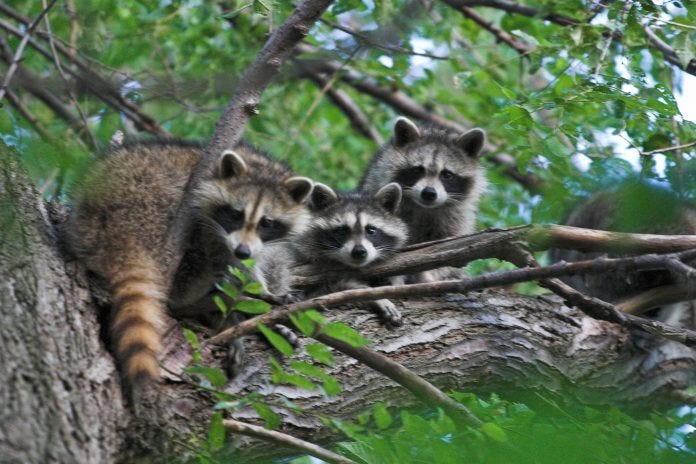
The babies look cute, right? One morning I found one in the fenced-in dog run, and I was afraid it wouldn’t be able to get out. I went up to the fence, trying to reach in, when the cute baby turned into a snarling fury who would have bitten my finger off had I nor quickly retreated. What a little monster, I thought! It didn’t occur to me that the animal was simply frightened.
After a while somebody else bought the house, took all the asbestos off, and replaced it with some beautiful cedar shingles. The new landlord restored the house to its former beauty and it became a City of Berkeley landmark, which has so far prevented the owner from building an additional housing unit where we had created our beautiful garden.
I had two cats, Tinkerbell, a tortoise shell, and Cactus, a soft, long-haired fluffball. They had their food dishes in my kitchen, and a window facing the backyard was always open, so they could get in and out easily. One day, when I was sitting at my desk writing something, I heard some strange noises coming from the kitchen. I went through the living room to find out what it was when something big ran almost across my feet and jumped out of the window. It startled me, and it took a second before I realized that it was a raccoon!
The next day, the exact same thing happened again, but this time, the raccoon stopped in the middle of the living room, turned around and stood there for a moment, looking at me – what are you gonna do? Maybe I can take you on? – before he finally decided to get out.
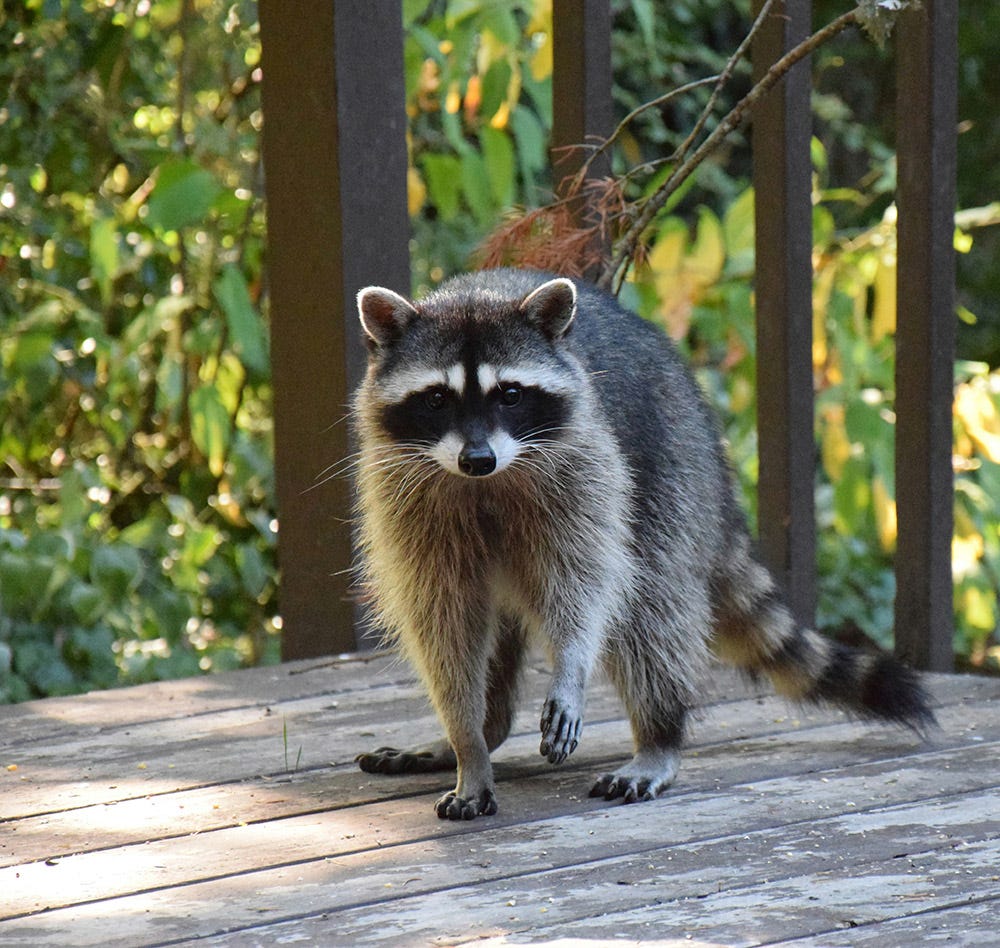
With the help of another tenant, we started to transform the yard more significantly. We got a rototiller, tilled all the dirt, and seeded it with grass. We started a big vegetable patch for tomatoes, zucchini, and peppers but also potatoes, kale, lettuce, spinach, and beans. Over time, we added beautiful flowers – lots and lots of roses, and all kinds of annuals and perennials and shrubs. There was a lemon tree, and a Datura tree that somebody gave me as a seedling. The place became a magnificent center for the neighborhood.
There already was an old little cement pond in the yard, shaped like a fish. When I moved in there, it was completely filled with dirt and leaves. We cleaned it out and coated it with waterproof paint. My upstairs neighbor built a waterfall, because there was a little hill right next to the pond. We got a pump, installed a biological filter and some underground pipes, and ended up with a lovely pond where the water would cascade down this little waterfall and then run into the pond. Water lilies and some other water plants completed the idyllic scenery.
And then a friend of mine gave me a turtle who I named Felix. I loved this little guy. He swam around in the pond, had places where he’d hang out, and when I fed him he would come close and look at me. I talked to him and he listened, nodding his head at times. And then one day all I found was the shell, the empty shell, and some little bones. The raccoons had eaten Felix for lunch.
This was war. I hated the raccoons because they had murdered my precious little friend. So, we got some live traps – some bread with peanut butter usually did the trick. As soon as we caught one, we’d drive him up into the Berkeley hills and let him go again. There was a nature area with a big, sprawling park where any raccoon could lead a happy life.
I don’t remember how many we caught, the supply seemed endless. Then one day there was a skunk in the trap, and that was the end of our efforts to get rid of the raccoons.
When I think back on these encounters which happened over twenty years ago, I notice how much my attitude has changed. The raccoons who killed Felix were hungry and just did their thing – no need to hate them. I should have protected my turtle; if I had put a few ceramic pipes at the bottom of the pond, large enough for Felix to hide in but too narrow and long for even the cleverest raccoon to reach him, they could have all lived happily next to each other. Because of ignorance, because I didn’t know any better, I missed to protect my little friend. But I blamed the raccoons. Maybe there’s a profound message here.

In Europe, raccoons are considered an invasive species and live on death row. Native to North America, some were caught and transported to Germany in the 1920s, mainly for their fur, but also as pets. A few managed to break out of their cages and some were deliberately released, which means that by now they can be found in over 20 European countries. While bobcats, coyotes, and great horned owls are some of the racoons’ natural predators in North America, there are no animals that would prey on them in Europe. There are now several hundred thousand raccoons in Germany alone, and they are mercilessly hunted down. There is only one raccoon sanctuary in Germany. They care for lots of injured and orphaned animals and need help.
A Substack friend,
, recently wrote a piece about an orphaned baby racoon he had found, and the Wildlife Rescue that took care of the little animal. You can read it here. It reminded me of my raccoon experiences and inspired this post.





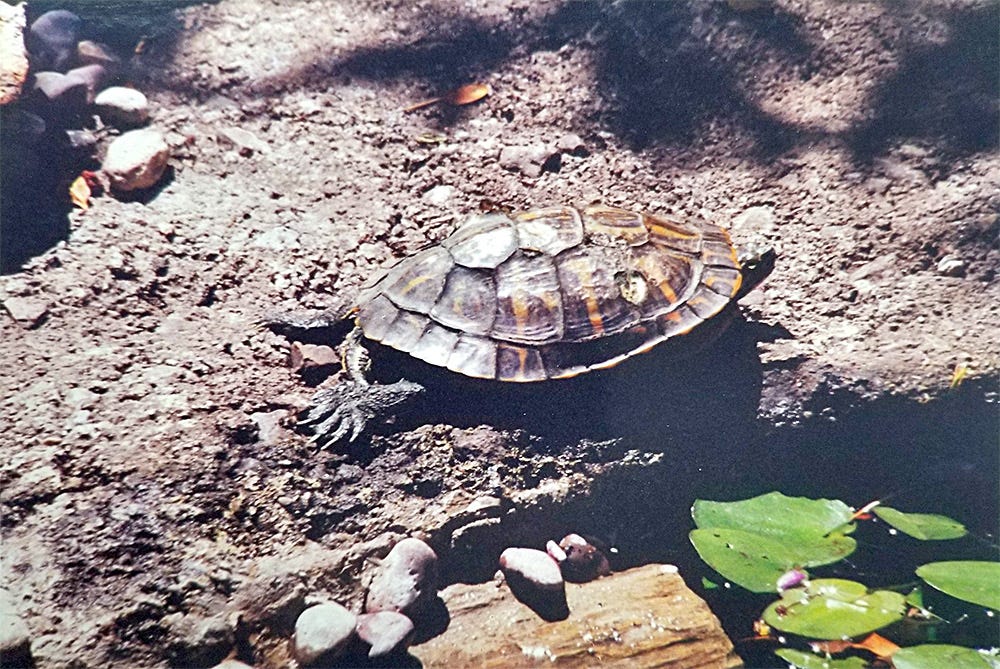
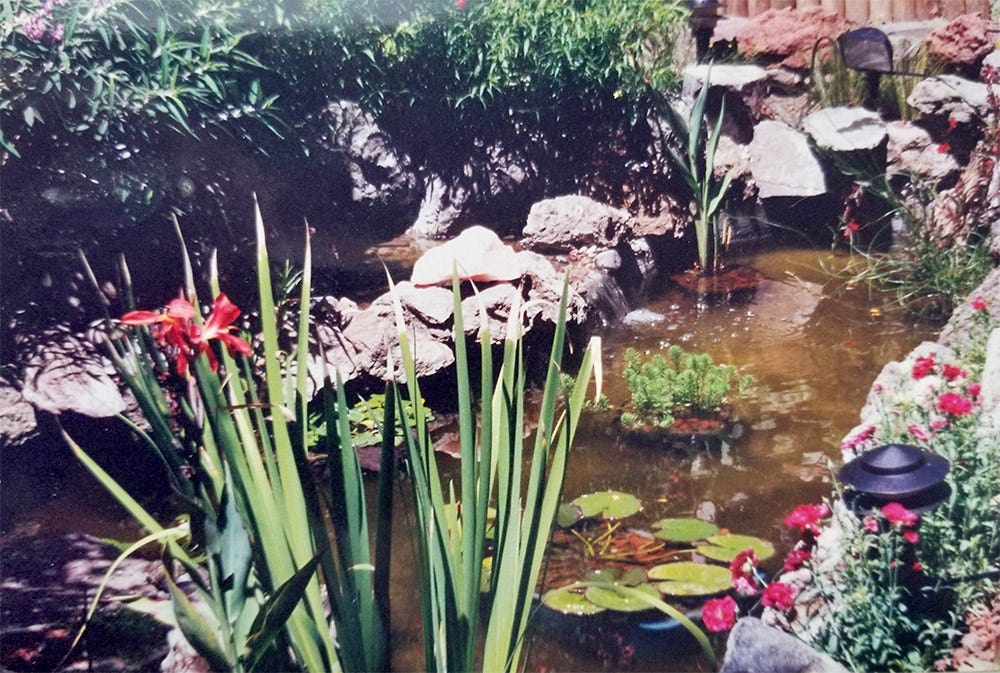
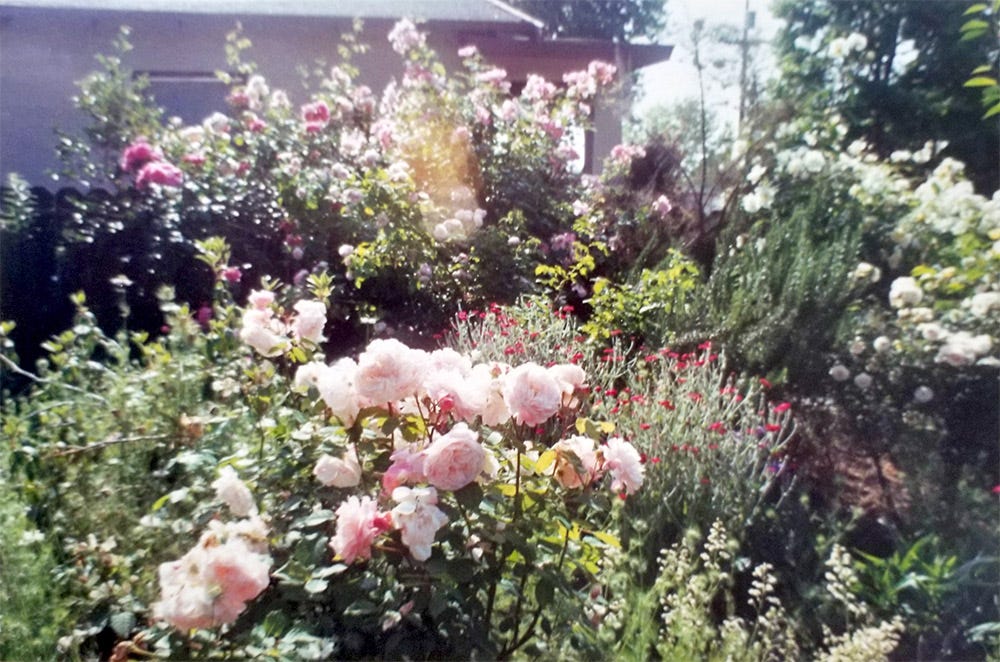
What a fascinating history you have, all over the world.
I absolutely LOVE this post. Thank you!!!